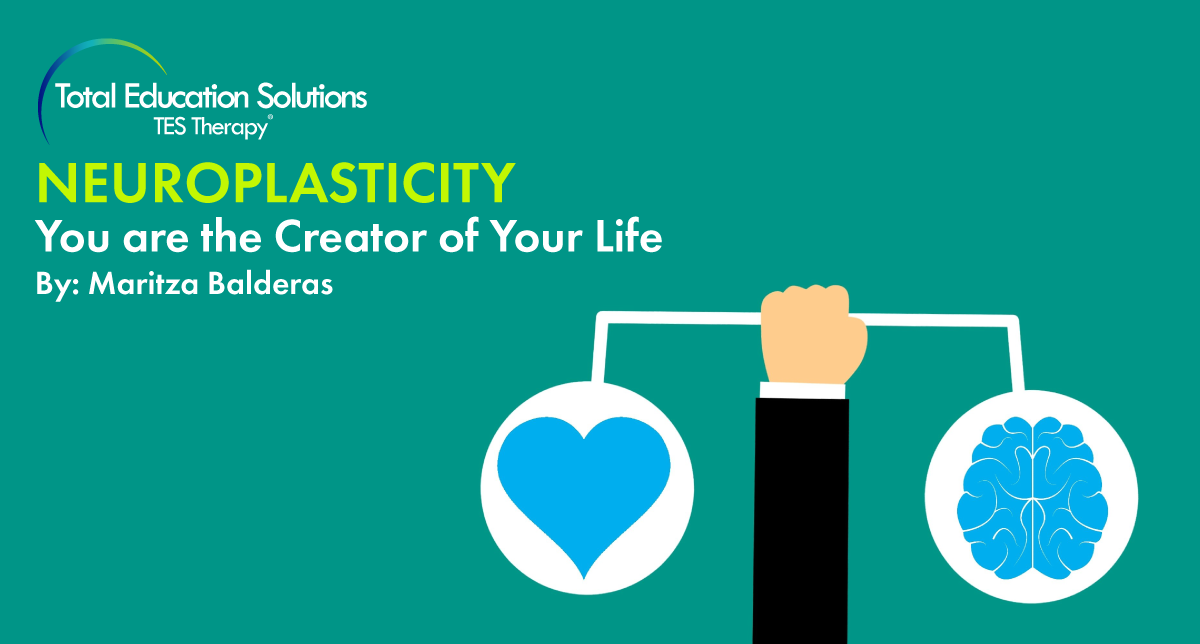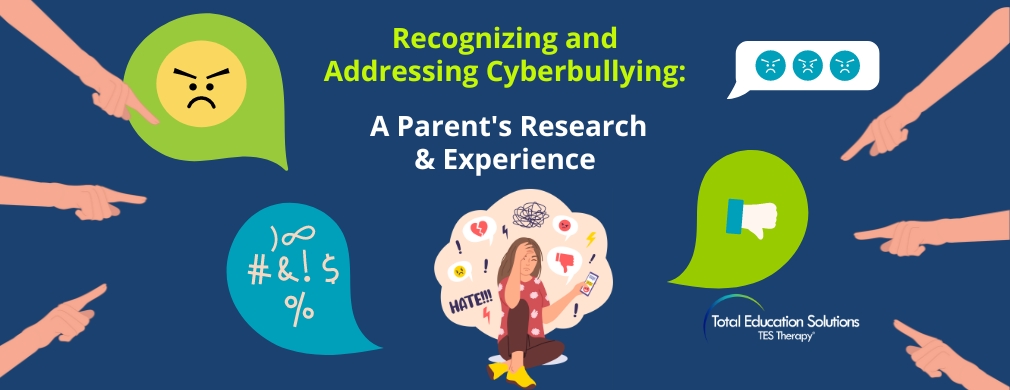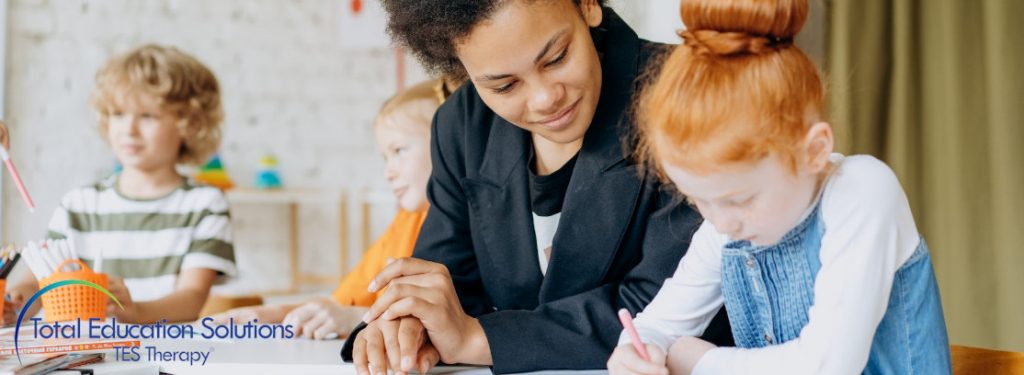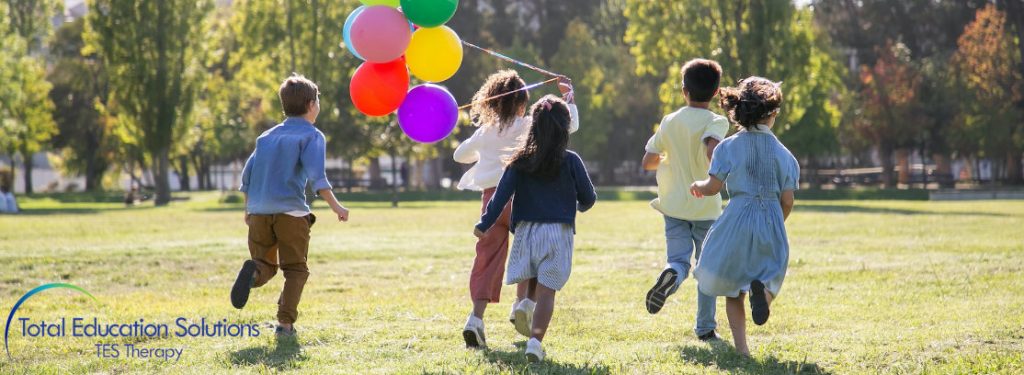REWIRE YOUR BRAIN
Current environmental conditions have us in a state of unpredictability, constant changes (school closures, quarantine, curfews, instability in work, restrictions, uprising etc.) and like a broken record “we are living in unprecedented times.” The unknown is infamous for triggering survival instinct acting upon our fears, stress, and anger. Behaviors may manifest in ways such as, outbursts, self-harm, violence, depression, anxiety etc.). With so much out of our control how can we be the creators of our life? The answer is by learning to rewire your brain! Our brains have a remarkable capacity to adapt, be modified, and transform our neurological patterns to better serve us. This is called neuroplasticity.
Neuroplasticity
Neuroplasticity is our capacity for re-learning, re-conditioning older, established patterns. It is rewiring your brain to process incoming data in new ways. Previously, it was thought that once we hit adulthood our brains did not change much. Research has demonstrated that many aspects of the brain can be altered (or are “plastic”) even through adulthood.
This field of study has discovered how to destroy neural connections that are limiting us while strengthening neural connections that would empower us. The following are two principles of Neuroplasticity:

1. Neurons that fire together wire together
This means the more you run a neural-circuit in your brain, the stronger that circuit becomes. For example, a person who fears dogs due to a childhood experience may reinforce that fear response when running away or avoiding it. In contrast, a person determined to change their reaction to a particular situation and practices visual rehearsing, closing your eyes and thinking of the person you want to become, how you want to act, and feel will install the neurological hardware in your brain.
2. If you don’t use it, you lose it
When you work out in the gym you are building muscle and endurance when you stop and revert to old habits of not working out the muscle you gain is lost. Similarly, the brain will deteriorate if it is not being used. Utilizing your brain to perform at its most optimal level involves a conscious decision to work it.

Therapists, scientists, life coaches, inspirational leaders, and doctors are implementing neuroplasticity principles into their work of transformation, connection, and healing. The following are examples of how it is being applied today:
AT SCHOOL & IN THE HOME
MindUP is a children’s curriculum created by Goldie Hawn that helps children learn how to self-regulate their emotions, become more resilient, and learn about how their brain works. Based firmly in neuroscience, MindUP gives children the knowledge and tools they need to manage stress, regulate emotions, and face the challenges of the 21st century with optimism, resilience, and compassion.
Tools and Activities
- Part of the brain– by learning and understanding the 3 parts of their brains (Prefrontal Cortex, Amygdala, Hippocampus) children (and adults) increase their capacity for absorbing information, become better at handling stress, and are able to make better choices

- Acts of kindness– call loved ones to check in, feed birds, leave sticky notes on mailboxes for postal carriers, give compliments, help clean, tell someone you love them.
- Practice gratitude– create opportunities to verbalize or write what you are grateful for.
- Words matter– the language we use helps to reinforce our understanding and our thinking. The more we practice mindful language, the more it becomes part of who we are, what we do, and how our children respond to what we are saying.
“How many ways can we be mindful in showing our kindness today?”
“They look a bit sad. I want to be more mindful of what I can do to cheer them up.”
“I am grateful that we can spend time together.”
5. Brain Break -helps children focus attention and regulate emotions. Check out this focused breathing brain break video here.
ANXIETY
Emma McAdam, is a Licensed Marriage and Family Therapist with YouTube channel Therapy in a Nutshell. Emma shares tools on how to rewire your brain to be less anxious, understand the Anxiety Cycle, how avoidance causes anxiety to spiral out of control, and addresses how to learn to tone down anxiety and rewire those neural pathways to feel safe and secure.
Tools and Activities
1.) Be compassionate with yourself– tell someone about your wins, give self-love
2.) Choose something that matters more– write why you want to beat anxiety
3.) Practice Willingness– acceptance of feelings without judgement “it’s okay to feel anxious” (headspace, stop breathe and think, meditation, grounding).
4.) Build emotional muscles– “I can do hard things”
5.) Let go of perfectionism– replace it with goals, (ex. Sharing a mistake you made and what you learned)
6.) Let go of the belief “I can’t handle it”– replace with “this is hard but I can do hard things”
7.) Change how you see things– “that dog is going to kill me”=>“My mom says dogs are safe”
8.) Do one small step every day– set a challenge
9.) Stay with your fears until you calm down– Imagine going to a dog park, writing a number 1-10 on how it made you feel, practice until the number goes down, next choose to walk towards the dog park do the same activity, until the number decreases.
10.) Get support– work with therapist, take someone with you to go to the dog park
TRAUMA
Dr. Bessel van der Kolk, over a lifetime of treating persons with trauma, has evolved the treatment of trauma to include what he calls “limbic system therapy”. Example: if you grow up thinking you are helpless, and you then begin to take martial arts, your wiring will change as your confidence grows with each skill learned. Likewise, in order to change the way the body reacts to trauma, we need physical experiences that directly contradict what the body has learned.

● Eye Movement Desensitization and Reprocessing
● Yoga
● Mindfulness
● Visual imagery
For more on Neuroplasticity:


 20 Jul 2020
20 Jul 2020 











